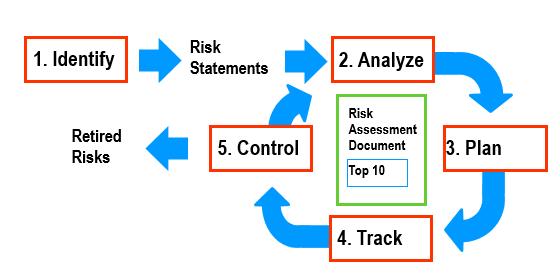Project Risk Management: Identifying, Assessing, and Mitigating Risks

About Course
Every project carries uncertainty—whether it’s delays, budget overruns, or technical failures—and managing these risks can be the difference between success and failure. Project Risk Management: Identifying, Assessing, and Mitigating Risks is a comprehensive, beginner-friendly course designed to demystify the art and science of risk management. With a practical approach and real-world case studies, this course will guide you through every critical stage of project risk management, from initial risk identification to creating contingency and mitigation plans.
Students will learn how to apply proven tools such as risk registers, SWOT analysis, probability-impact matrices, and Monte Carlo simulations to real-world scenarios. Whether you’re planning a product launch or managing an infrastructure project, understanding how to anticipate threats and prepare effective responses is essential. This course not only helps you minimize negative impacts but also empowers you to spot opportunities hidden within uncertainty. It’s ideal for aspiring project managers, team leaders, and anyone involved in planning or executing projects.
Course Content
Introduction
Definition of project risk management
00:00Importance of project risk management
00:00Overview of the ebook
00:00